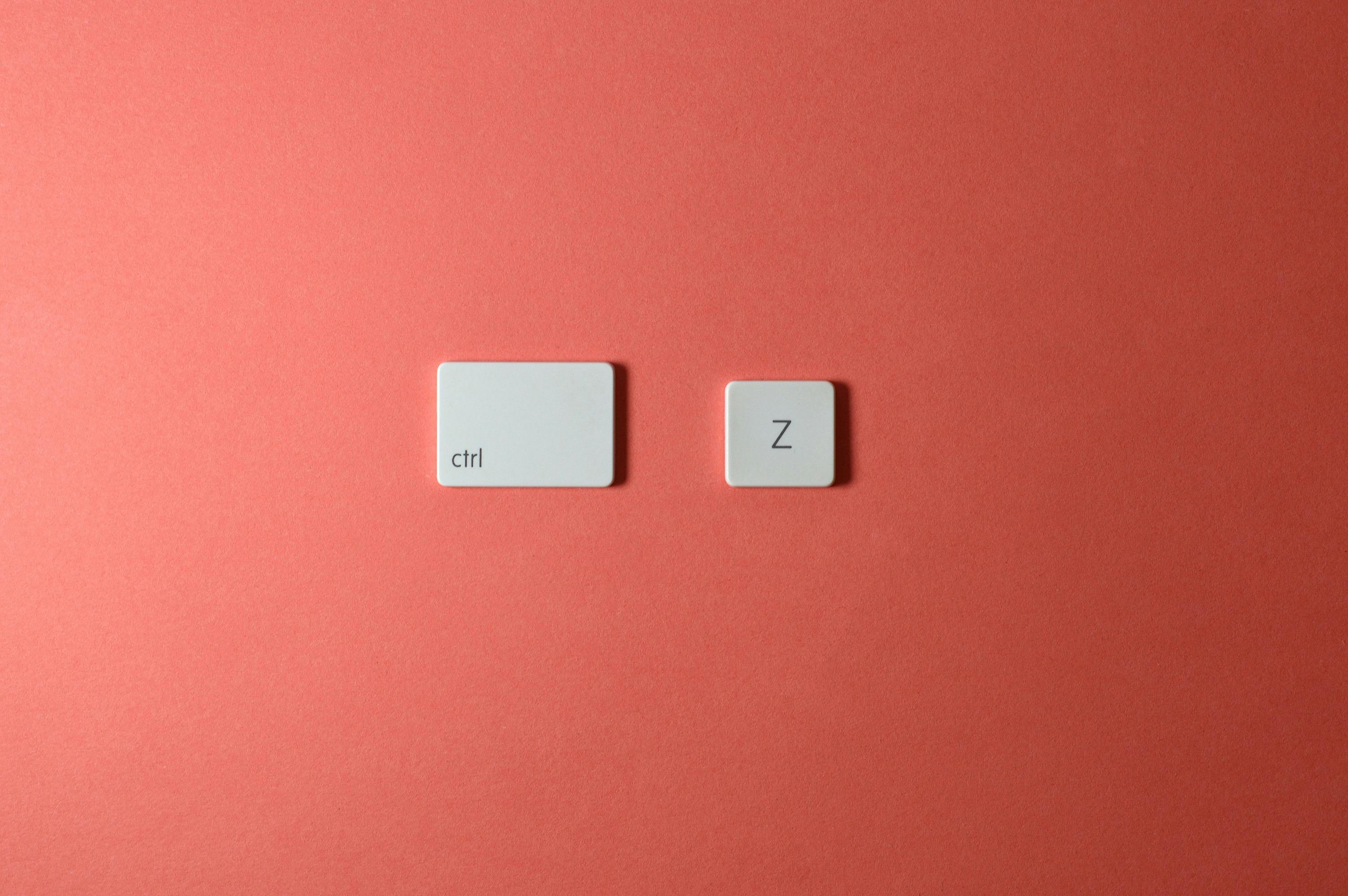Before 1891: Items imported into the US did not have to be marked with the country of origin.
Most Japanese ceramics were not stamped with any stamp on the back or were marked with the artist’s or maker’s name in Japanese.
1891 – 1921 – Beginning in March 1891, following the enactment of the McKinley Tariff Act, all goods imported into the US were required to be marked in English with the country of origin.
In 1914, the Tariff Act was amended to make the words “Made in” mandatory in addition to the country of origin. This was not rigorously enforced until around 1921, so some pre-1921 pieces can still be found without the word “Made in”.
Most Japanese pieces from this period were marked “Nippon” or “Nippon hand-painted”. Very often they will have a company logo. You will find some pieces from this era marked Japan and some without any markings.
1921 – 1941: In August 1921, the US Customs Service ruled that Nippon could no longer be used and that all products must have the “Made in Japan” stamp on the back. Some items entered the US with only a “Japan” stamp. In an effort to save on labor costs, not all pieces of a set were back-sealed. This means you can have an 8-place setup that was imported as a 12-place setup without any stamps. Before World War II, the few paper stickers that made it to the US were very flimsy and attached with a very weak glue.
1941 – 1945 – This was World War II, so there were no imports from Japan. Imports from Japan did not really start again until the summer of 1947.
1947 – 1952 – The US occupation of Japan began in September 1945, but no items arrived in the US from Japan until around August 1947. All imports from Japan until 1949 had to bear the “Occupied Japan” or “Made in Occupied Japan” stamp. .
In 1949, the US Customs Service ruled that “Occupied Japan”, “Made in Occupied Japan”, “Made in Japan” or simply “Japan” were acceptable. Most of the pieces were stamped on the back in black ink. Later in this period, flimsy paper stickers began to appear on more and more items. Most of these were removed or fell off, so these pieces can be unmarked.
1952 – Today – The vast majority of today’s imports are marked “Japan” or “Made in Japan”. That’s when paper or foil labels came into play. The 2 most common tags now seem to be:
1 – A small oval or rectangular shaped paper sticker. These will most likely be done in blue or black with white lettering.
2 – A black or red aluminum tag with gold or silver lettering.
Some imports are still stamped backwards, but not many.
Caution: Many knockoffs were imported from China from the 1980s to the early 2000s and, to a lesser extent, are still arriving. These are so well made that recognizing these fakes just by looking at the back stamp is almost impossible.




